Over the years my interest in a more conscious lifestyle has grown. Less consumption = less waste. “But how do I stop buying fashion and makeup?” Says my Zara-addicted self. Good question. I’m working on implementing a more conscious approach to shopping that I want to share with you. How I try to shop meaningfully and make better choices for my wardrobe.
How to Make Conscious Clothing Purchases
These days I’m curating my wardrobe and turning it into one that includes pieces that I really love. What I do instead of buying massive amounts of cheap clothes is to buy less by making better choices.
I try to find fashion brands that apply ethical policies to their production practices. This could mean that they use organic sourced fabrics, pay fair wedges to their workers or reduce carbon emissions in production.
But bear with me, cause in my case, I have just started this process. My wardrobe still contains a lot of clothes from brands that are not so ethical per se. But I like the clothes I have and I don’t want to get rid of them. As long as I still wear them I think that’s okay.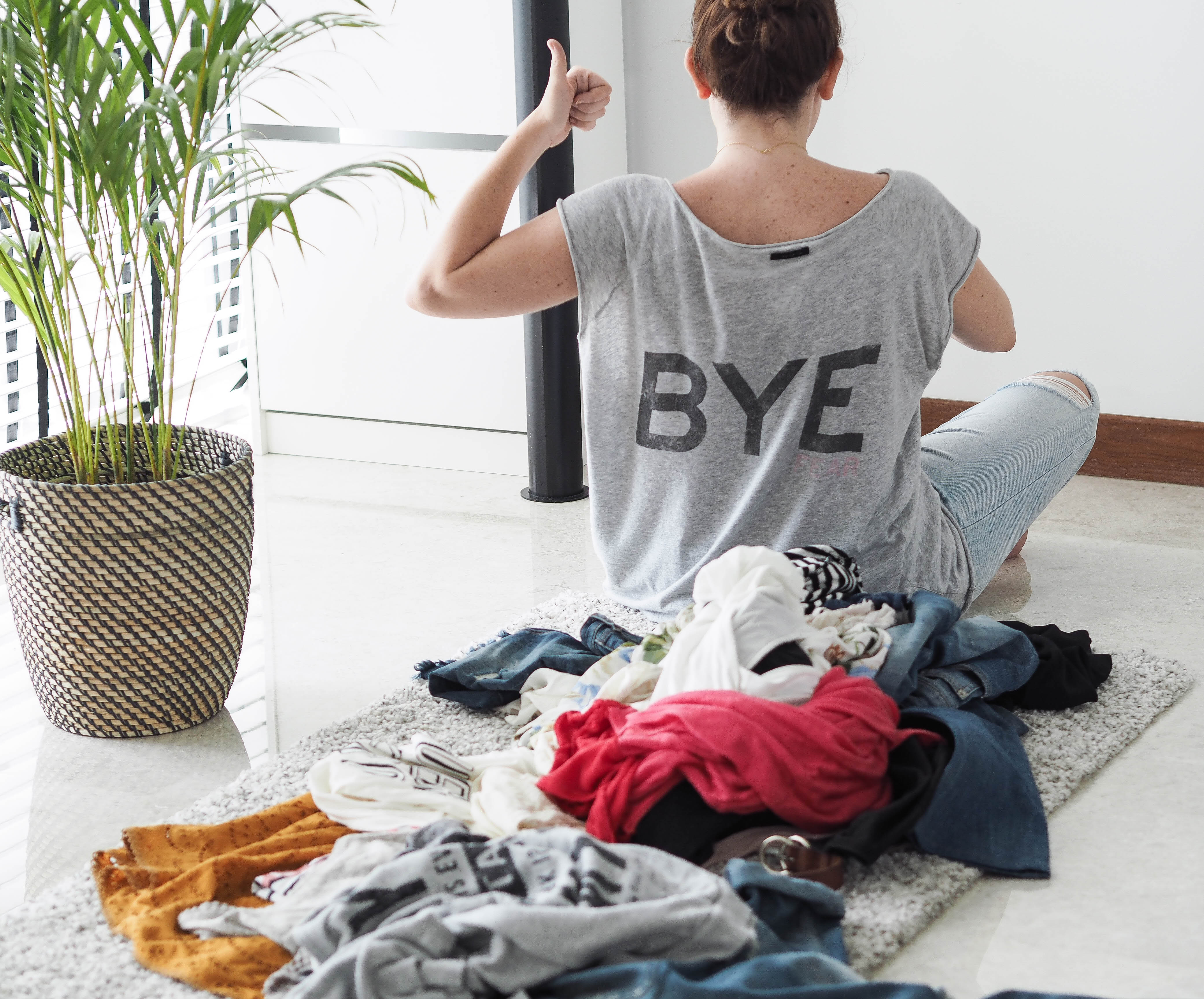
Having an ethical wardrobe is harder than it seems. Affordable clothing brands that produce ethically in the fashion industry are not that easy to find. Some will care about the working conditions of their staff, but won’t have any idea of where their fabrics come from.
Others will outsource organic or recycled fabrics and may not be aware that their production takes place in factories where owners won’t pay fairly to the workers or where the facilities are in poor conditions.
The perfect fashion brand does not exist. Focus in what you are more worried about (environment, working conditions, chemicals…) and look for brands that are transparent about those practices
The problems in the industry are complex and overwhelming, but I believe that we as consumers have the power to change this. If you buy a t-shirt made of organic cotton instead of buying one made out of polyester, the next season that brand will allocate more budget into buying organic cotton and less into buying polyester. Our choices affect the demand, and the demand affects the supply.
And you must be thinking, “but I love Fashion, I want to be able to create new looks with different pieces and look nice and stylish everyday”. I hear you, I feel the same! And if you want to start making responsible choices for your wardrobe, here are the steps I go through before buying something:
#1 Think it through
If you are going to buy a garment, think if you already have something in your wardrobe that is similar. I am guilty of buying clothes that look like something I already own.
Also think if it matches with the rest of your wardrobe.
And most importantly, think if you are going to wear it often. Applying the “30 wears” rule usually works. If you need it and you can picture yourself wearing that piece 30 times or more, then go ahead and enjoy your new wardrobe addition.
#2 Put Quality Before Quantity
Choose wisely. We don’t need 5 black t-shirts that cost US$20 each and that won’t look good anymore after a few washes. Instead you can spend a bit more in a good quality t-shirt that satisfies your need and will last you many years.
And at the same time you are actually saving money, saving space in your closet and reducing waste.
Buying less clothes of higher quality translates into longer lasting purchases that don’t break the bank. Win-win, right?
Also, because they were not cheap, you will take good care of them and appreciate them more.
#3 Research the Brands
I try to find fashion brands that apply ethical policies to their production practices. This could mean that they use organic sourced fabrics, pay fair wedges to their workers or reduce carbon emissions in production. What’s important is to discover what is important for you and try to find the brands that resonate with those values.
Find out what companies make sustainable clothes in your community. In Singapore there are a couple like Etrican (they make clothes with organic cotton only) or Matter (they work with local artisans in developing countries and make beautiful prints).
There are hundreds of them out there with online shops that deliver worldwide. By supporting these brand you increase the demand for ethical fashion and thus the opportunities for these artisans and communities to grow and be sustainable.
And how do we find that information? Start by researching brands online. If there is something that is not clear or that I want to know more about, I send them an email or contact them in social media. I’ve sent emails to brands before and always got a good response. They are usually quite open to talk to customers!
Based on what you already know about them you can choose to trust what they are saying or not. The key is to buy less and think it through when you are going to make a purchase. Avoid impulsive purchases
Shopping meaningfully is the key.
#4 Swap Your Clothes Instead
There is an amazing initiative in Singapore by a start-up called The Fashion Pulpit. They have a huge permanent space where you can go swap your clothes for others that you can try on right there. What is great about them is that they don’t accept any pieces that are not in perfect condition.Everything has to look like new, so that other people will want to “buy” it. It makes sense, right?
If you are not comfortable with wearing clothes that belong to people you don’t know, you can do it with your friends! If you have friends with a similar style to yours, ask them if they want to clear their wardrobe and you can exchange some pieces.

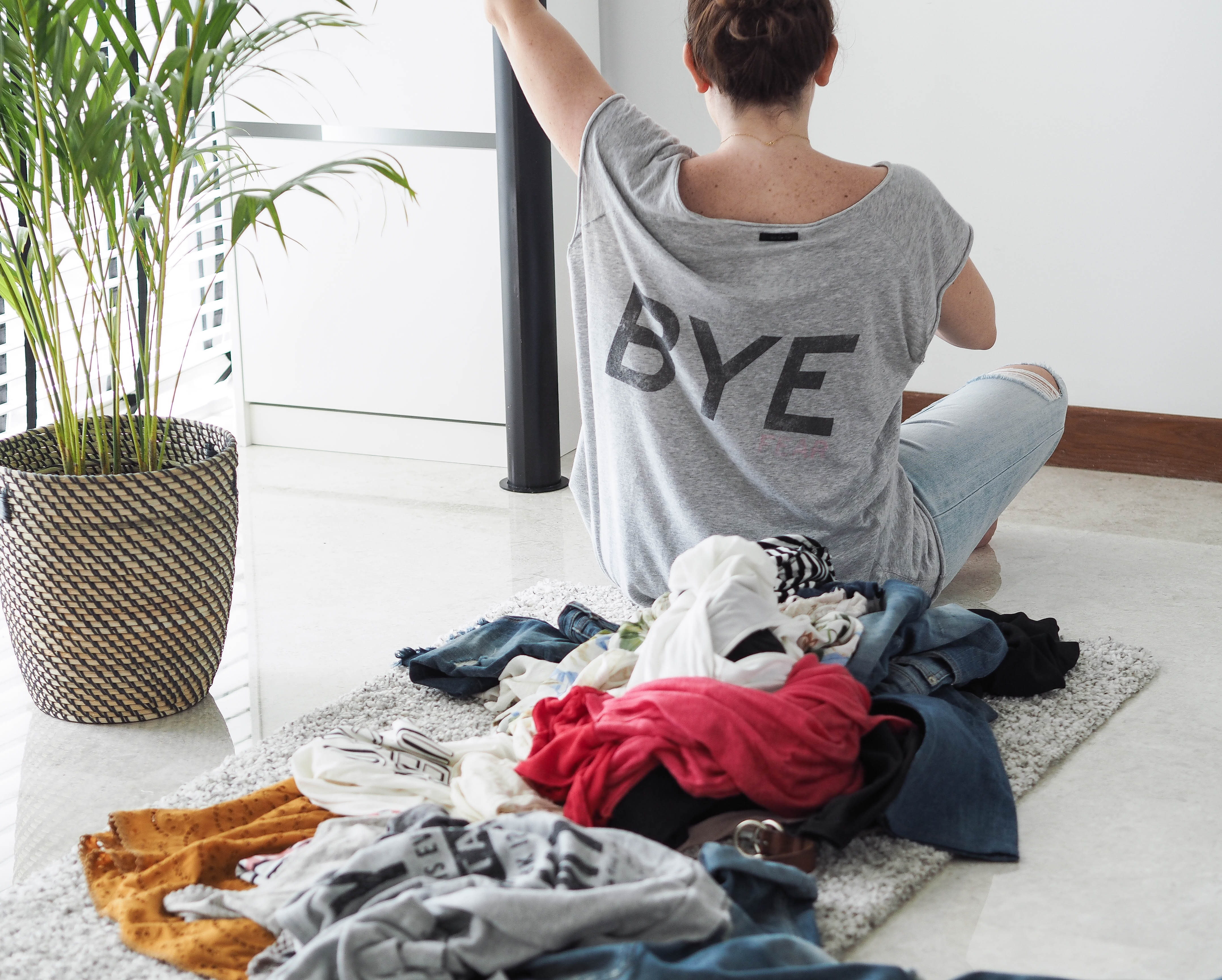
OUTFIT DETAILS:
T-shirt: The Hip Tee (old); Jeans: Uniqlo
The Hip Tee is a Spanish brand that designs and manufactures in Europe. They source high quality materials out of natural fibers and respect the environment in their production practices.
Uniqlo is a Japanese brand that belongs to the Fast Retailing Group. In 2007 they created the “Uniqlo Recycle” initiative, where they encourage consumers to donate the garments they are not wearing anymore.
The company distributes them among refugees and other disaster victims (they provided about US$33 M in clothing and financial aid in the Great East Japan Earthquake in 2011), homeless people and pregnant and single mothers in need.
They have partnered with UNHCR and according to the information they disclose, they have donated over 20,000,000 of garments all around the world. The company also publishes a magazine called “The Power of Clothing” that they distribute in stores, where they write about the the people they work with and what they can do as a clothing company to make the world a better place.

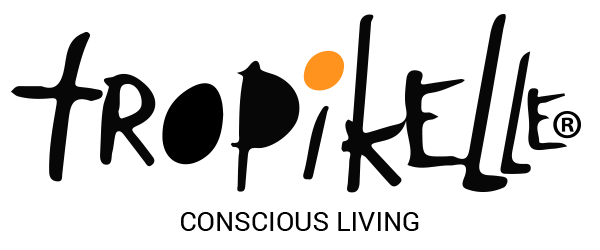
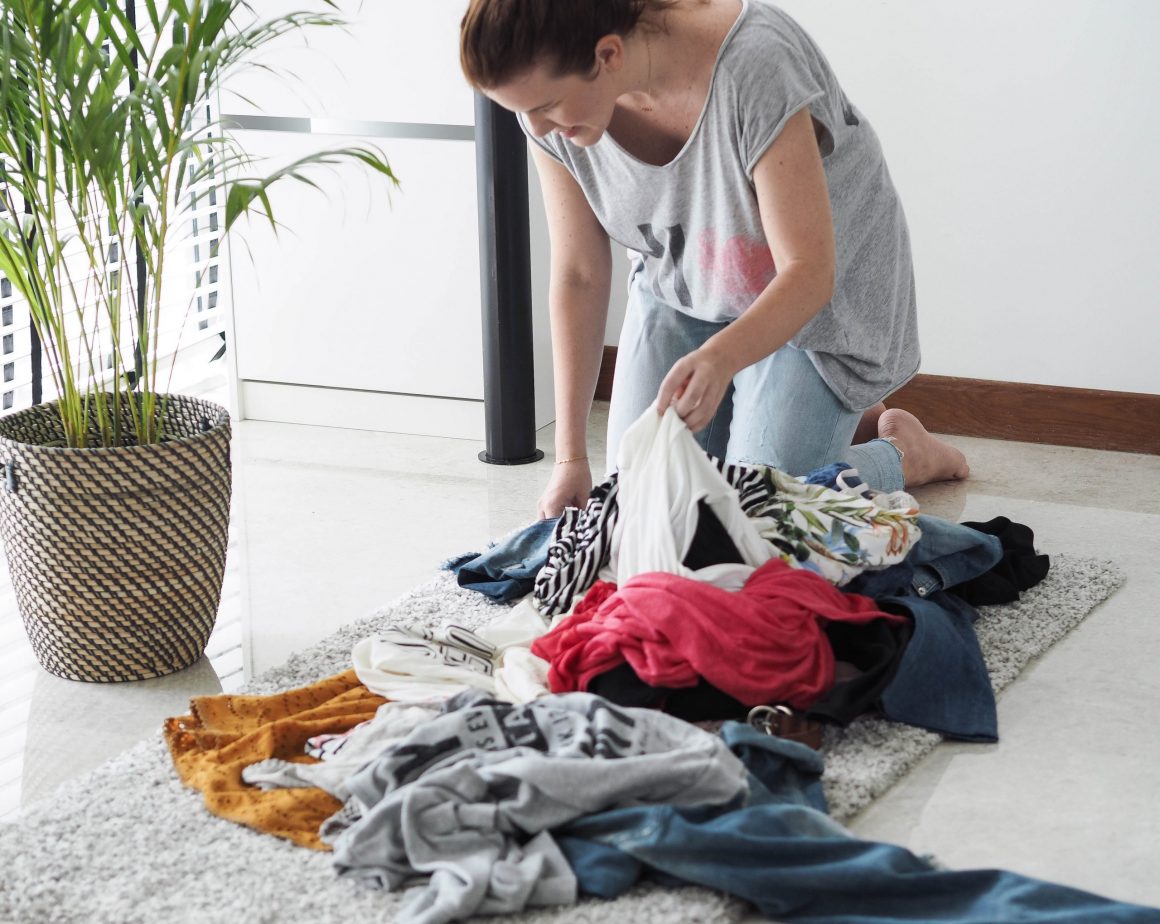
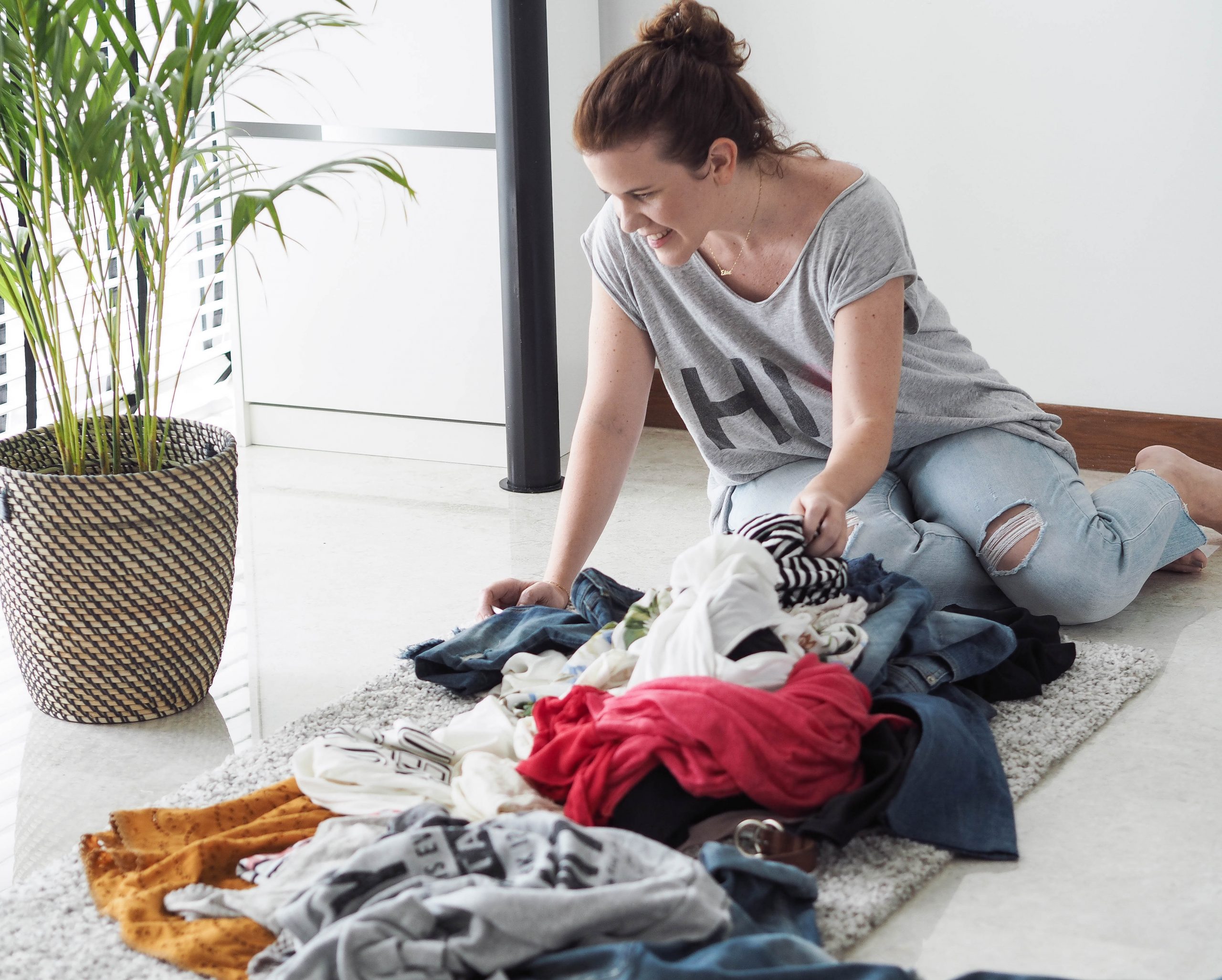
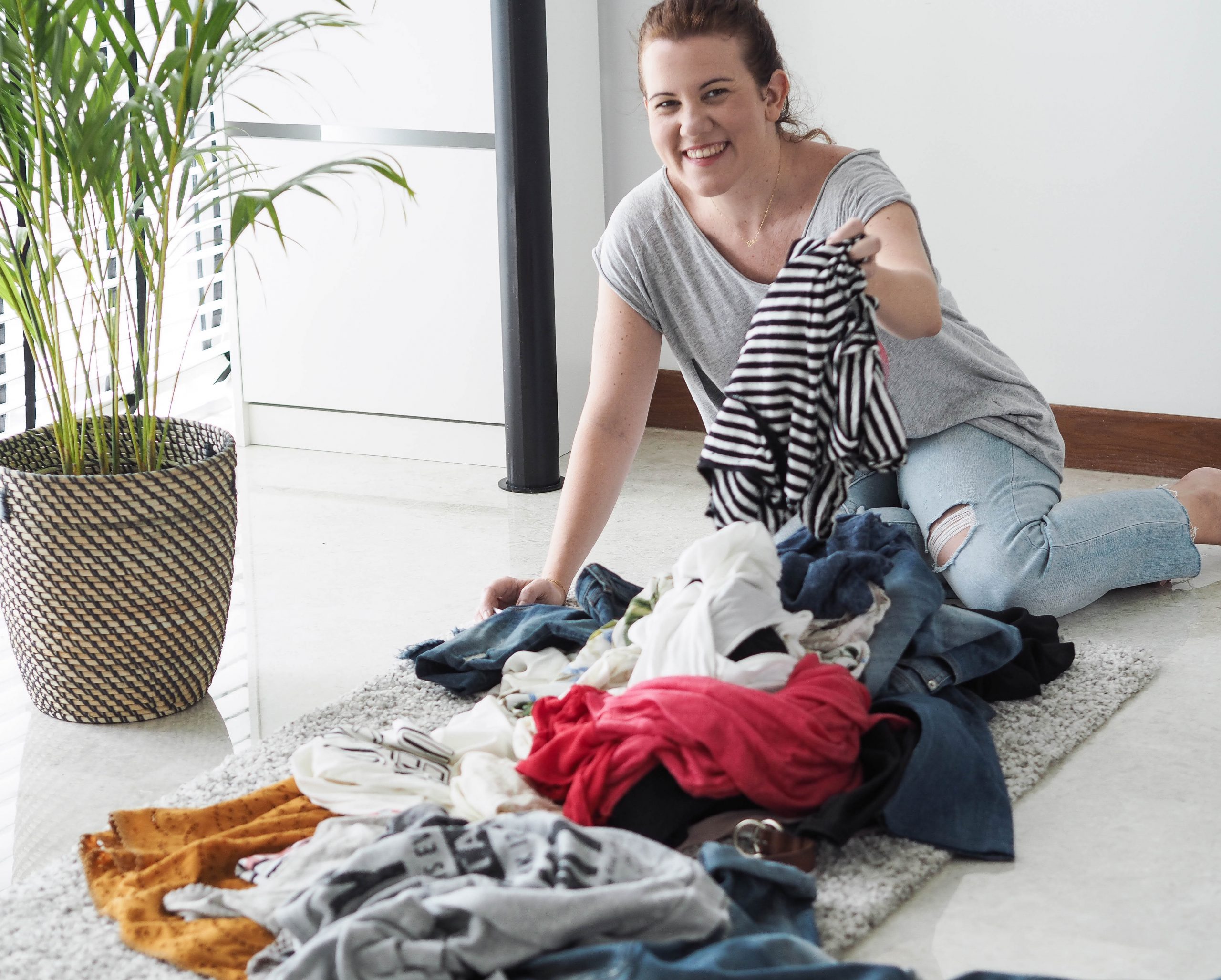

Leave a Reply
You must be logged in to post a comment.